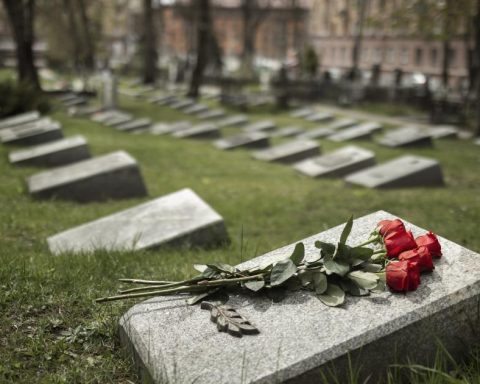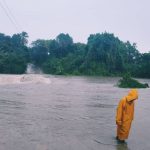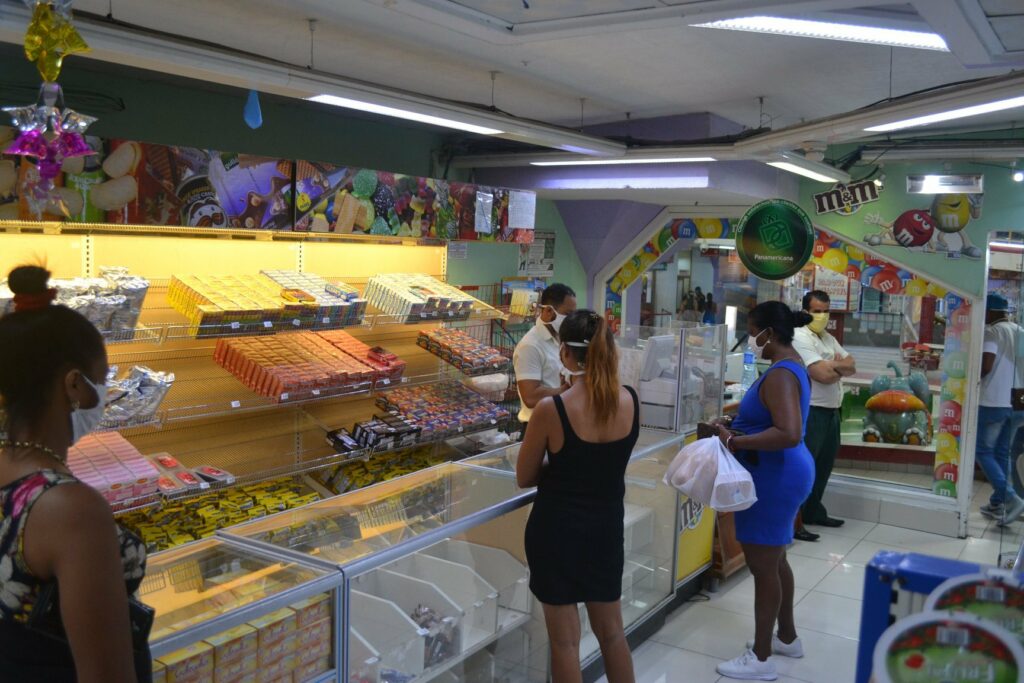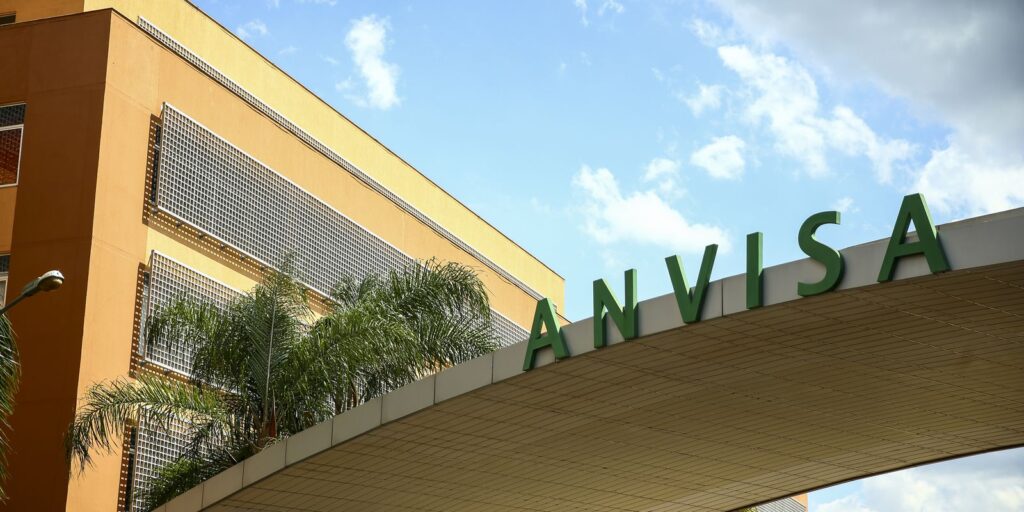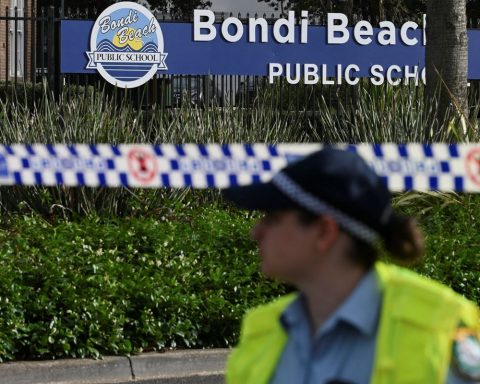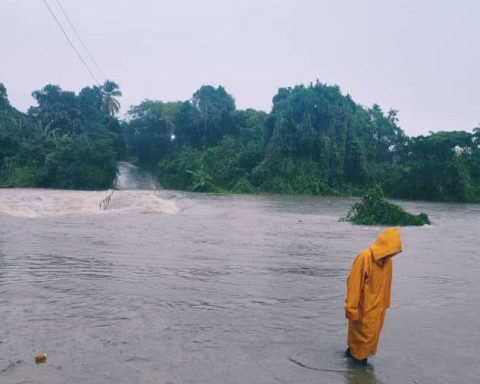The right to education is one of the primordial ones for the citizens of the country; however, how is the access and what are they facing in the search for places?
In the most recent study of the Laboratory of Economics of Education, of the Javeriana University, it was estimated lThe main challenges that a parent faces to enroll their child in an official educational entity.
(Read: Colombia could be like the US but ‘institutions do not allow it’).
According to the report, in most of the country’s 96 Qualified Territorial Entities (ETCs), it is likely that parents have to manage the quota directly with the nearest educational institutionwithout greater clarity of the present options to obtain the quota.
Among the data to be highlighted from the study is the importance of differentiating between the demand of old and new students in schools, given that by 2021 there were a total of 9.3 million students enrolled in preschool, basic and secondary education, of which 80.8% attended establishments in the official sector.
“Most of the students were in elementary school (43.9%) and secondary school (34.7%).”, indicates the document.
It is estimated that in labor terms, the search for a place may imply time costs for parents or guardians, which leads to work absences and reduced incomeespecially those who belong to an informal sector.
According to the Observatory, the average monthly income of those employed in the informal sector for 2021 was $725.4398, that is, $24,171 per day, while in the formal sector, with a current legal monthly minimum wage, in the same year, the income was $908,526 and $30,084 per day, but it amounted to $41,070, adding all the benefits of the Law. What this implies is that given the loss of the day for carrying out the quota request (assuming that it is solved the same day) , means that the people in the different sectors would lose the income of $24.171 (informal daily) and $41,070 (formal daily), for having to carry out the registration process.
(Also: Access to clean water has helped transform Tumaco.)
The document estimates that, in addition to ceasing to receive daily labor income, parents mustadd the cost of photocopying and printings, calculated at about $2,000 and in some cases the transportation costs, which would be around $5,000 (approximate round-trip value in the Bogotá transportation system –SITP).
“Taking into account that for the year 2021 approximately 39.3% of people in Colombia lived monthly with less than $354,031 ($11,801 per day) and 31% with less than $690,5249 ($23,017 per day), for many families, the search for school places can be the difference between eating or not eating; then, the cost of the inefficiency of the allocation of quotas is suffered by the households and mainly the poorest”, assures the report.
Another of the factors to be highlighted according to the report is that, despite the labor essences and other management procedures of the parents, “as the ETCs mention in some of the communications”, the guardians They do not have a guaranteed place for the fact of approaching the institution or establishments in which they are interested.
This is due to the fact that the ETCs have restrictions in infrastructure and human talent, since they must guarantee the continuity of active students in their establishments, regardless of whether they pass, fail or repeat, and the prioritization of students with certain characteristics.
“Parents or guardians who do not find a place must start the process again at another school and incur the same costs; and, again, without the security or guarantee of finding a school place. Due to the inefficiencies of the process, potential students may not be enrolled in a school, which increases their probability of being over-aged in the educational system or of dropping out”mention the observatory.
(See: Colombian indigenous knowledge, declared heritage by Unesco).
Likewise, the information system for enrollment in ETCs is evidenced. Facing systems without information it is estimated that 57.29% (55) do not have the data, On the other hand, 14.58% (14) have virtual forms, 12.5% (12) go to the nearest educational institution, 10.42% (10) have general information, 4.1% (4) publish on the institutional website and 1.04 (1) reside in the ETC.
Additionally, the importance of the increase in the Venezuelan population was taken, who are guaranteed a place in the school environment. According to the data, between 2018 and 2019, the registration of Venezuelan students in preschool, elementary school, and high school in Colombia increased from 34,030 to 573,846 students, and 90% of them in primary and high school are linked to public schools.
Diana K. Rodriguez T.




